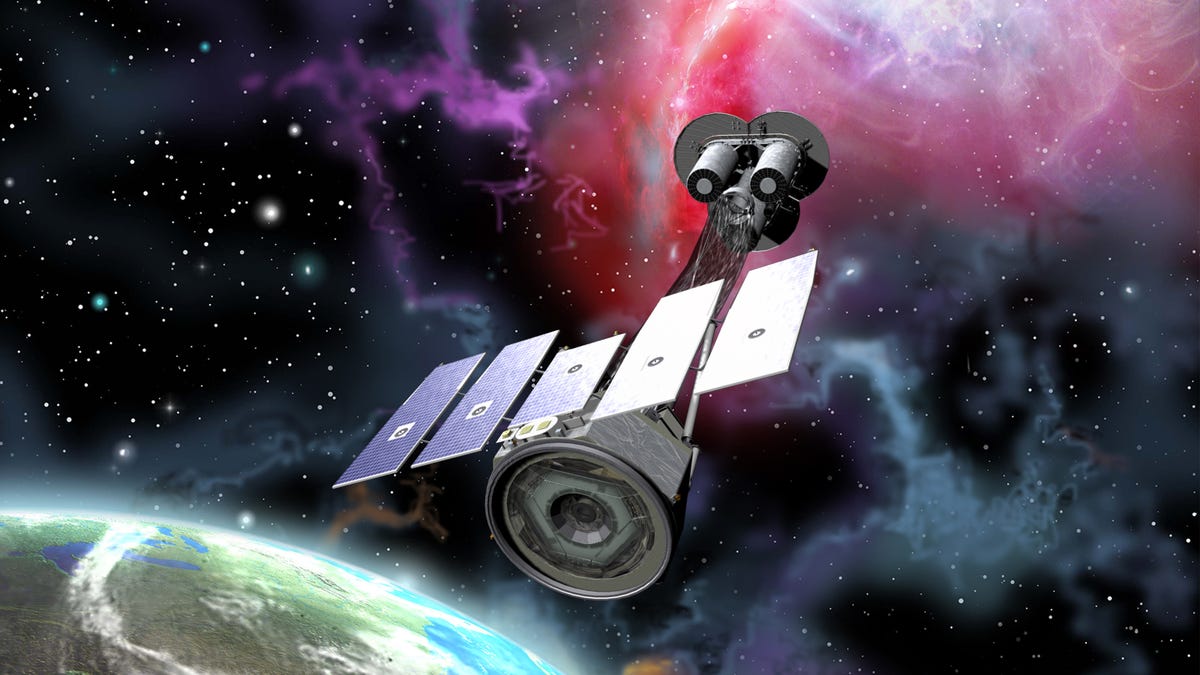SpaceX launches NASA's new black hole observatory and breaks its own record
A Falcon 9 rocket sends a new observatory called IXPE into space to study the most mysterious forces in the universe.

NASA's Imaging X-ray Polarimetry Explorer (IXPE) mission is the first satellite dedicated to measuring the polarization of X-rays from a variety of cosmic sources, such as black holes and neutron stars.
SpaceX broke its own record for most commercial rocket launches in a year once again late Wednesday after a Falcon 9 rocket lofted a new NASA spacecraft into orbit from Florida.
In 2020, Elon Musk's space outfit completed a total of 26 launches. It eclipsed that mark last week with its 27th blastoff of 2021, and now this latest mission -- carrying NASA's Imaging X-ray Polarimetry Explorer (IXPE) -- makes 28 for the year.
IXPE is an orbiting observatory made up of three space telescopes equipped with special detectors to measure the polarization of cosmic X-rays.
One of NASA's stated goals is "to probe the origin and destiny of our universe, including the nature of black holes, dark energy, dark matter, and gravity."
Deployment of IXPE confirmed pic.twitter.com/Gqx52tUf2O
— SpaceX (@SpaceX) December 9, 2021
IXPE is designed to examine these fundamental forces, as well as other powerful and weird objects in deep space like active galactic nuclei and microquasars, pulsars and pulsar wind nebulae, magnetars, accreting X-ray binaries, supernova remnants, and the Galactic Center. The mission is a collaboration between NASA and the Italian Space Agency.
IXPE is a long overdue upgrade from the Orbiting Solar Observatory-8 (OSO-8), which was launched all the way back in 1975. While OSO-8 was able to measure the polarization of X-rays, IXPE will do so with modern equipment and much higher sensitivity.
The Falcon 9 giving IXPE a lift blasted off at 10 p.m. PT Wednesday (1 a.m. Thursday ET) from Kennedy Space Center. The booster was making its fifth career flight and returned for a landing on the droneship Just Read the Instructions waiting in the Atlantic Ocean.
The entire mission was broadcast live via NASA TV, and you can rewatch below. SpaceX has at least two more Falcon 9 missions planned for 2021, including a cargo resupply mission to the International Space Station on Dec. 21.

